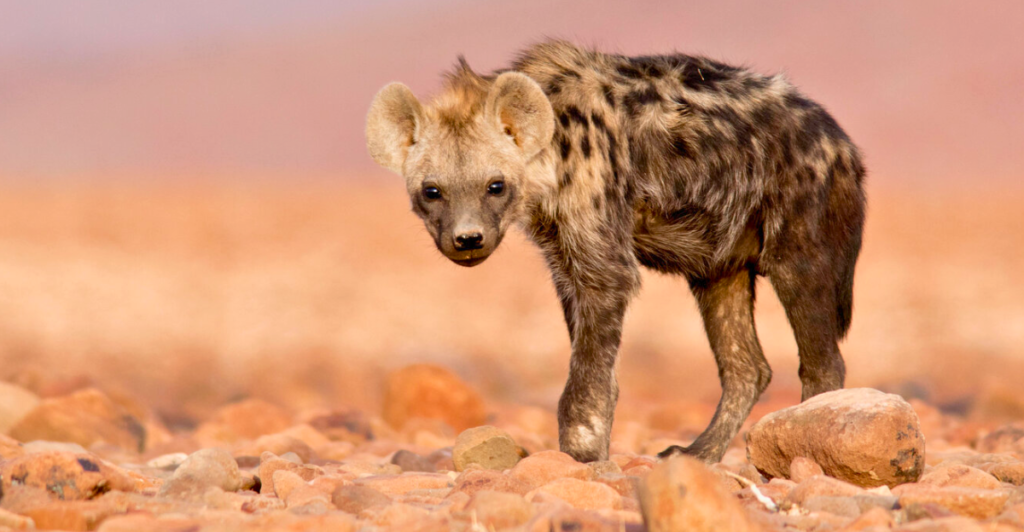
A spotted hyena has perplexed scientists worldwide after it was sighted in southeastern Egypt for the first time in roughly 5,000 years. The hyena was captured and killed after locals spotted it in February 2024. The animal’s presence so far away from its natural habitat has given scientists pause – could climate change and its consequences have anything to do with it?
A Cryptic Return
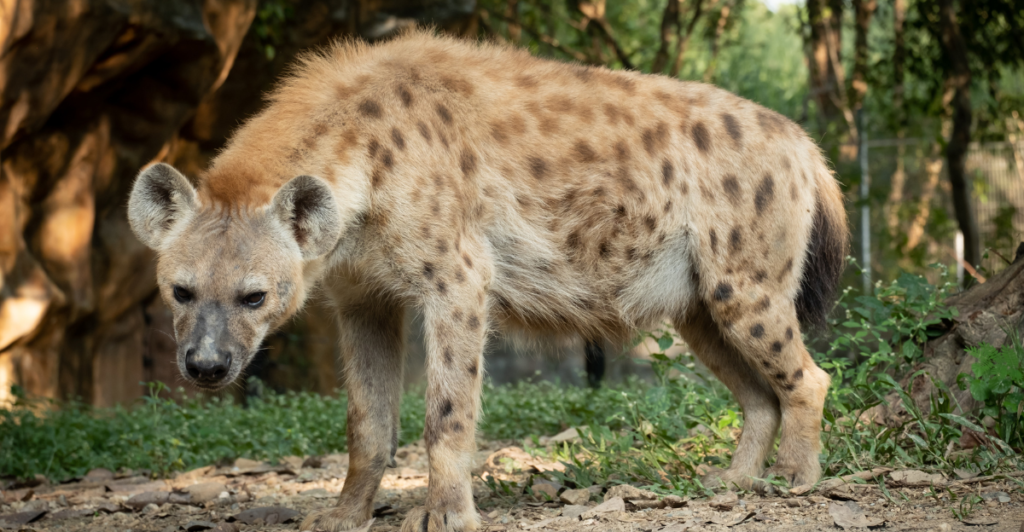
The discovery was detailed in a Mammalia journal publication and challenges established beliefs about the species’ historical range and survival in North Africa. It also raises critical questions about animal migration patterns and ecological shifts. The species went extinct in Egypt some 5,000 years ago after climate changes made it too dry for its prey. Scientists now question whether more spotted hyenas can be found in Egypt.
Scientist’s Disbelief
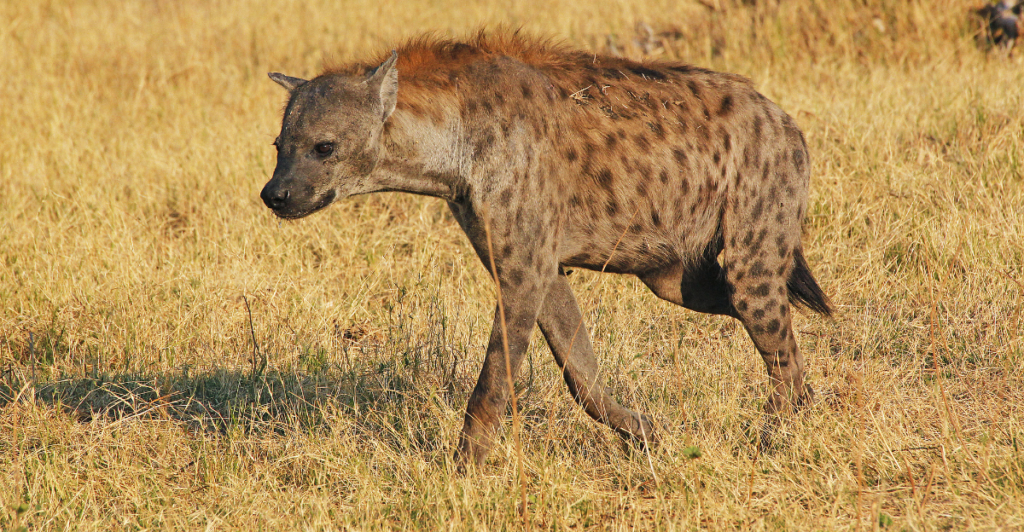
Egyptian ecologist Abdullah Nagy, from Al-Azhar University, expressed his initial skepticism upon seeing photographic evidence of the hyena. “My first reaction was disbelief until I checked the photos and videos of the remains,” Nagy stated. “Seeing the evidence, I was completely taken aback. It was beyond anything we had expected to find in Egypt”
Spotted Hyenas in Africa
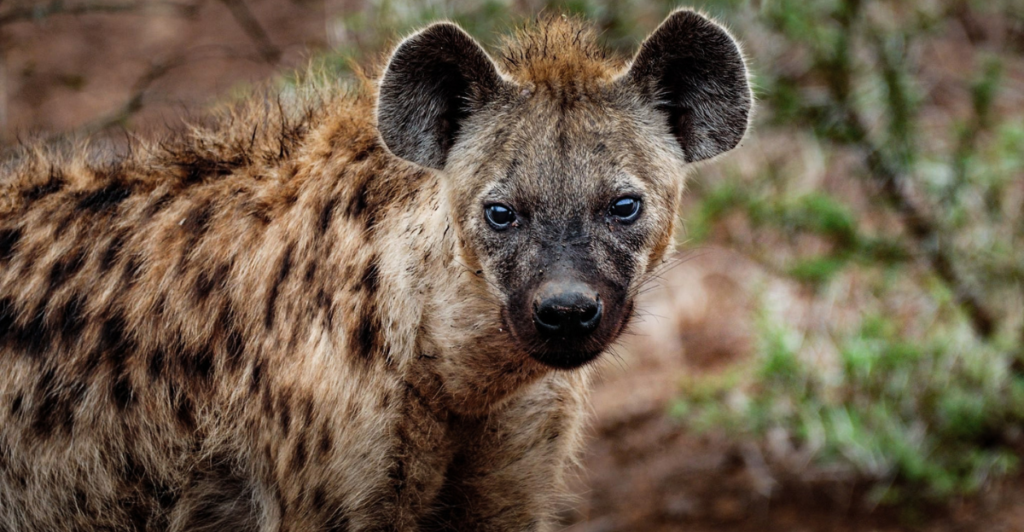
The hyena was alone when it was tracked, captured, and killed by local herders in Wadi Yahmib, roughly 19 miles from the Egypt-Sudan border, after it killed two of their goats. Previously, the spotted hyena population was thought to be confined to sub-Saharan Africa. This predator’s natural habitat is a forest-savanna mix, but it can also be found in deserts.
Challenging Geographical Boundaries
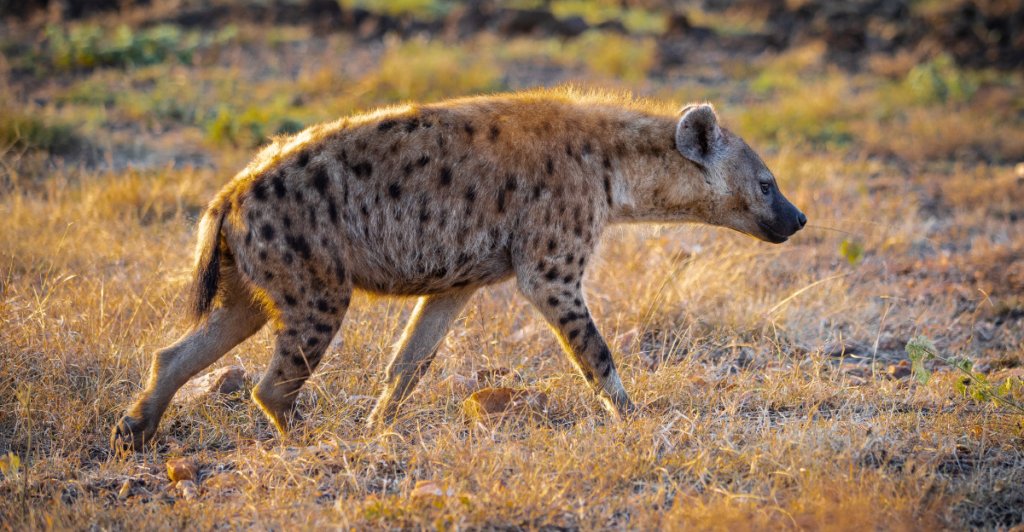
Given its natural habitat in sub-Saharan Africa, the lone hyena was sighted roughly 310 miles north of its known range in Sudan. Researchers are unsure of what made the animal travel so far north. However, changing climates and plant growth in the area may have resulted in it following prey animals taking advantage of a wet spell in the region.
An Adaptable Predator
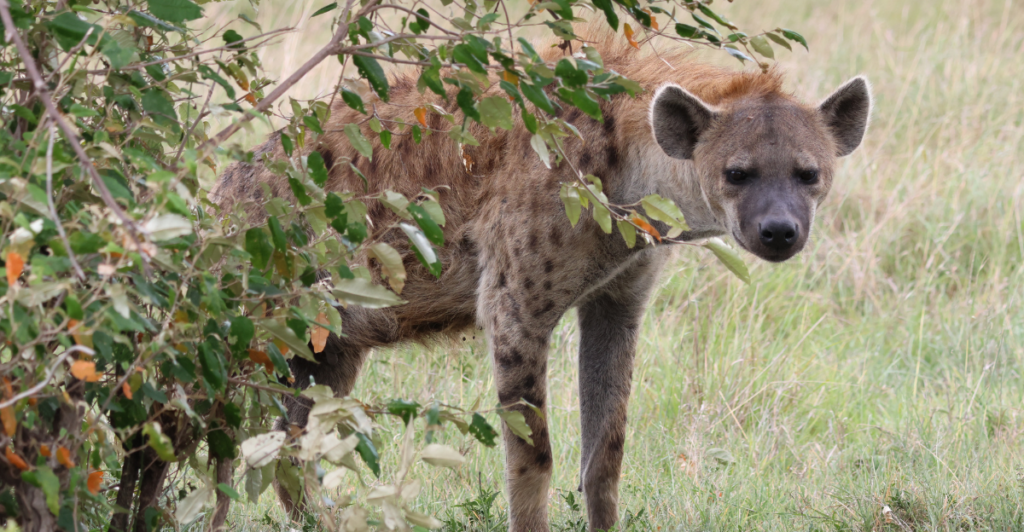
Spotted hyenas are remarkably adaptable, thriving in diverse habitats. Due to their scavenging nature, hyenas can travel up to 17 miles per day in search of food and tend to prey on weak food sources, such as young rhinos, livestock, wildebeest, zebra, and even human flesh. They are social creatures, living in packs that hunt and share food.
The Climate Connection

A rare weather phenomenon, the Active Red Sea Trough, may have facilitated the hyena’s migration. This low-pressure area causes extreme rainfall, flash floods, and strong winds. This increased rainfall along the Egypt-Sudan border may have promoted plant growth, creating a previously unheard-of migration pathway for the hyena, who could have been searching for prey.
Analyzing Vegetation Patterns

To investigate this theory, researchers analyzed the Normalized Difference Vegetation Index (NDVI) using satellite images from 1984 to 2022. The analysis revealed that the past five years have had higher NDVI values than the previous two decades, indicating that there was indeed an increase in plant growth that could support hyena prey.
A Less Harsh Highway
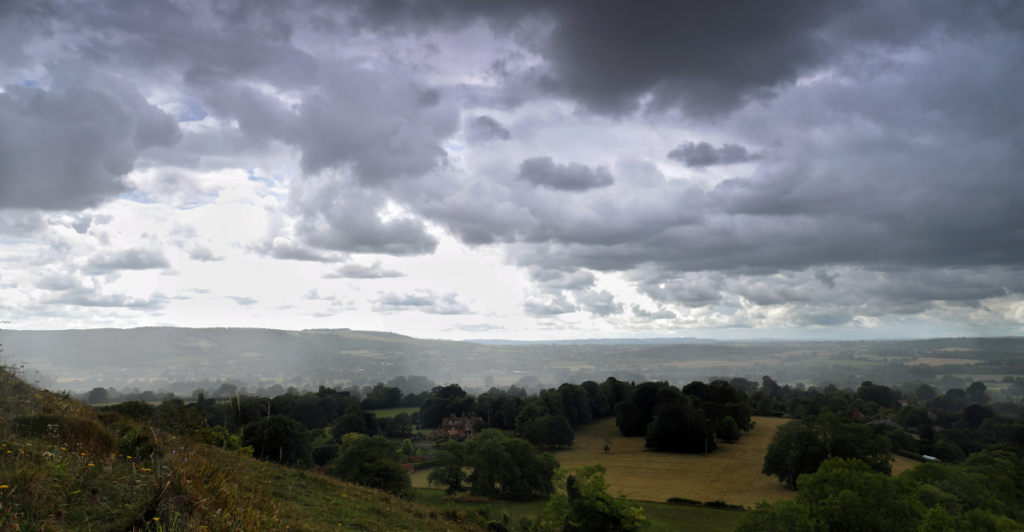
The NDVI indicates the vegetation health and density, which reflects the rainfall and grazing activity in a given area. The NDVI analysis suggests that more rain has led to more vegetation for animals to graze on, creating a larger volume of prey for carnivores. More plant growth also suggests that the area has become less environmentally harsh, creating a “highway” for the hyena to travel on.
The Unanswered Mystery
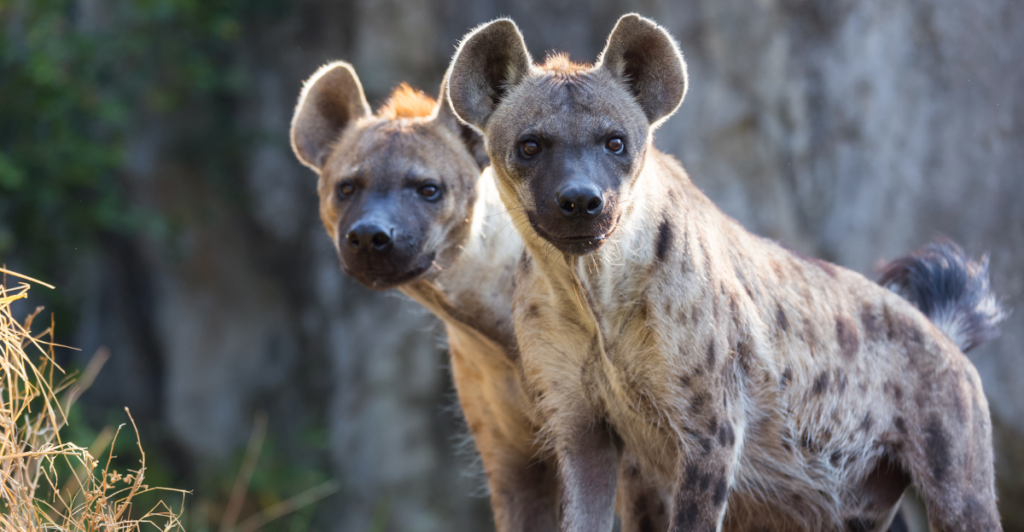
Since animals usually follow human-managed livestock migration patterns, more research is needed into the current theory that could explain the hyena’s journey. Some researchers have even suggested that political instability and civil war in the region may increase spotted hyenas that will see weakened human populations as prey. The actual reason remains a mystery, also warranting further investigation.
Humans vs Wildlife
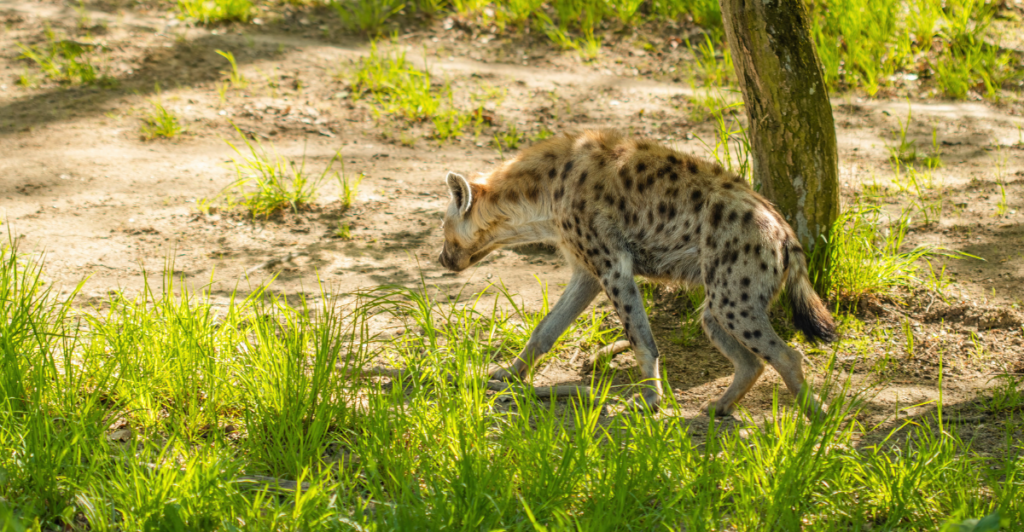
The hyena was tracked and killed because it killed two goats belonging to local herders within the Elba Protected Area, suggesting a potential conflict between humans and wildlife. This is especially true for livestock, which already faces challenges in a dry region where plant life is hard to come by.
Impact of the Sighting
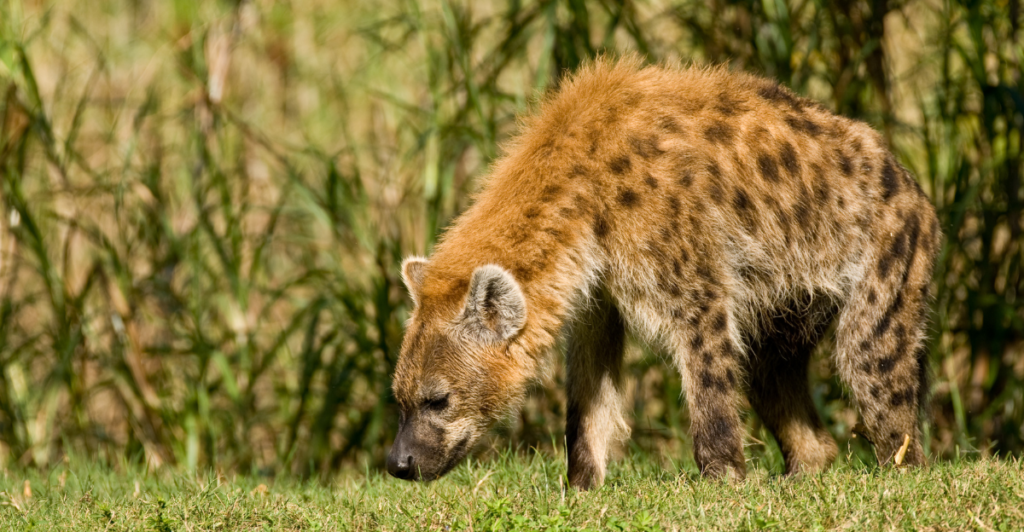
The hyena’s presence almost 310 miles from its natural habitat challenges existing beliefs about the geographical ranges of spotted hyenas and indicates the impact of regional climate changes on animal migration patterns. The event showcases the dynamic relationship between climate change, human activity, and wildlife movement.
Calling for Research
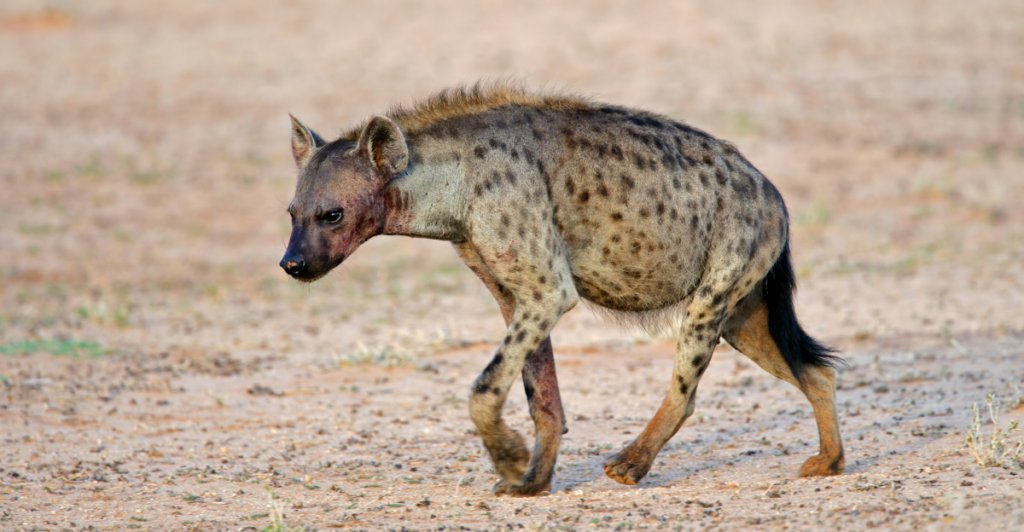
The sighting is extremely rare, and while they normally hunt in groups, a lone hyena is not uncommon when prey is scarce. Therefore, further research is needed to fully understand what led to the spotted hyena’s reappearance in Egypt and the potential implications for the region’s ecosystem.
Discover more of our trending stories and follow us to keep them appearing in your feed

Scientists Are Bringing Back The Wooly Mammoth
Why Wolves Hate Men But Love Women
California Is Breaking Apart: A Fault Line Is Forming Faster Than Anyone Predicted
The War on Cows Is Over—And Green Extremists Have Lost
References:
Reference 1
Reference 2
Reference 3
This article first appeared here
Stay connected with us for more stories like this! Follow us to get the latest updates or hit the Follow button at the top of this article, and let us know what you think by leaving your feedback below. We’d love to hear from you!







